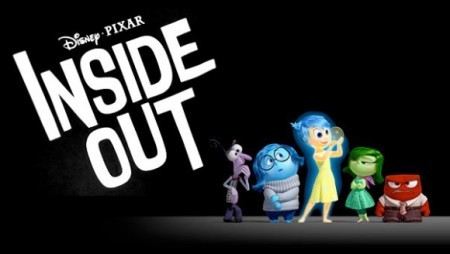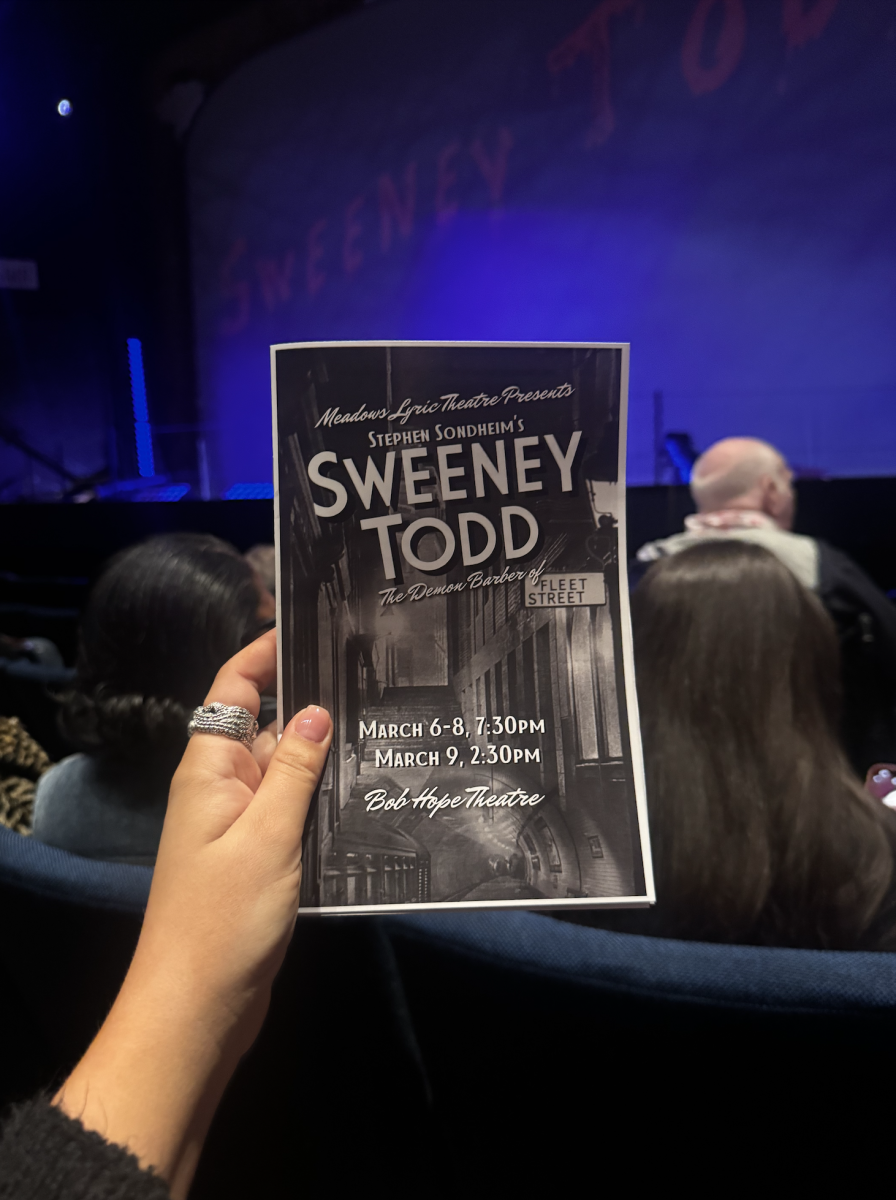Disney Pixar has done it again. With flawless animation, an original idea and a wonderful storyline, it was able to pull on the heartstrings of every moviegoer in its latest film “Inside Out.”
“Inside Out” tells the story of 11-year-old Riley’s move from wintery Minnesota to eclectic San Francisco. But this is just the B story.
What takes the main stage is the inner workings of Riley’s mind led by her emotions: Joy (Amy Poehler), Fear (Bill Hader), Anger (Lewis Black), Disgust (Mindy Kaling) and Sadness (Phyllis Smith).
Joy, Fear, Anger, Disgust and Sadness are hard at work at their home office in Headquarters, up in Riley’s head, where they provide her with advice as she navigates new experiences in her life, the biggest of which is her recent move.
But chaos hits when Joy, the leader of the group, and Sadness get pulled out of Headquarters and thrown into the inner workings of Riley’s mind. Without the two, Riley’s remaining emotions scramble to keep the independent tomboy happy; however, they cannot operate with a quarter of their team missing.
Much like “Up” and “Finding Nemo,” “Inside Out” takes its viewers on a humorous yet emotional adventure; this time, through a child’s mind and emotions.
The film finds a lighthearted way to navigate the maze that is the human mind, especially during times of extreme transition, while demonstrating the value of teamwork and family ties.
“Inside Out” resonates with viewers young and old, sparking laughter at some points and tears at others. It makes older viewers nostalgic for the past as they remember their own periods of childhood innocence, extreme change and rebellion.
Critics are impressed with the movie as well, calling it “one of the best Pixar films of all time” because of its visually inventive animation and original storyline.
“Inside Out” is funny and fast moving as it conveys how each experience, memory and emotion impacts a core part of each person’s personality.
The film also confronts emotions head-on in times of anger, fear, disgust, sadness and joy. It proves the need for equilibrium between emotions because without sadness one would not know joy.










